There's no creature that can capture your heart quicker than a senior dog who loves you. One loving glance from them and your heart is in a puddle.
That's why it's so distressing when they suffer from things like separation anxiety or other stress-related issues that could require crate training. Crate training is often an effective method of relieving separation anxiety, but it doesn't happen overnight.
This guide intends to help you help your senior dog with separation anxiety through crate training, and potentially the support of a calming supplement to help them along.
Why is Crate Training Important for Older Dogs?
Crate training isn’t just for puppies—senior dogs can benefit from it too, providing a sense of security, comfort, and routine in their later years. As dogs age, they may experience physical changes, such as joint pain, reduced mobility, or anxiety, and a crate can become a safe haven for them. A crate offers a quiet, cozy space where they can retreat when they need rest or feel overwhelmed, helping to alleviate stress and promote relaxation.
Additionally, crate training can support seniors with medical conditions or mobility issues. For example, it can make it easier for pet owners to transport their senior dog to the vet or provide a safe space during travel. The crate can also help with house training, ensuring your senior dog has a designated space and reduces accidents in the home. Introducing or reinforcing crate training with positive experiences can enhance your senior dog’s well-being by giving them a sense of security while keeping them safe in various environments.
How to Crate Train a Senior Dog
Crate training is effective because it allows your dog to be comfortable in your absence. Gradually increasing your time away from the crate & familiarizing your dog with the kennel eventually creates a healthy sense of separation.
You’ll need:
- A spacious crate
- Comfortable padding
- Treats & toys

1. Find The Appropriate Place for Your Dog's Crate
Good places for your dog’s crate:
Your bedroom
Your living room or family room
Your kitchen
Anywhere that’s safe, comfortable, and near your family
Risk factors to avoid:
Electrical wires
Direct sunlight
Areas with a draft
Areas with constant noise (humming, buzzing, thuds, etc.)
Once you’ve got the right spot, sweeten the deal by making the crate comfortable. Throw in their favorite blanket, sprinkle a few toys around the pen, and do your part to make it feel like home.
2. Let Your Dog Get Comfortable with The Crate on Their Own

Now, it’s time to introduce your dog to the crate. Before they get there, place their favorite treats in a few strategic spots. Crate training for older dogs is all about making them feel comfortable.
Here are some tips for making your dog's crate a perfect place to relieve their anxiety.
Comfortable Bedding
- Choose Soft Bedding: Use a plush bed or blanket that provides comfort and warmth. Ensure it's washable for easy cleaning.
- Add Familiar Items: Include a favorite blanket or clothing that carries your scent to help soothe your dog.
Toys and Chews
- Include Safe Chew Toys: Provide a few durable chew toys or interactive toys to keep your dog engaged.
- Stuffed Toys: Consider using puzzle toys filled with treats or peanut butter to make the crate a fun place.
Personal Space
- Avoid Overcrowding: Ensure the crate isn’t cluttered. Your dog should have enough space to move around comfortably.
- Create a Den-like Environment: Use a crate cover or blanket over the top to create a cozy, den-like atmosphere if your dog feels secure in enclosed spaces.
Location
- Place the Crate Strategically: Position the crate in a quiet but central area of your home, where your dog can feel included but not overwhelmed.
- Avoid Isolation: Don’t place the crate in a completely isolated room. Dogs with separation anxiety often need to feel connected to their family.
Positive Associations
- Feed Meals in the Crate: Start feeding your dog their meals inside the crate to create positive associations.
- Use Treats: Scatter treats or kibble inside the crate to encourage exploration and create a rewarding experience.
Familiar Sounds
- Leave a TV or Radio On: Play soft music or leave the TV on to provide background noise that can comfort your dog when you’re not home.
Calm Atmosphere
- Keep It Calm: Avoid loud noises and stressful situations near the crate. A calm environment will help your dog feel more secure.
Gradual Introduction
- Introduce the Crate Slowly: Allow your dog to explore the crate at their own pace. Don’t force them inside; encourage them with treats and praise.
By implementing these strategies, you can create an inviting and comforting crate space for your older dog, helping to alleviate their anxiety and promote a positive crate training experience.
3. Associate Food with The Crate

Now that you’ve got a good association in place, it’s time to start getting your dog to settle down a little bit. You can do this by allowing them to eat near, then inside of the cage.
Crate Training Food Bowl Timeline
Day 1
- Place the food bowl just outside of the open cage.
Day 2
- Place the food bowl just inside of the cage entrance.
Day 3
- Place the food bowl inches inside of the entrance. Leave the door open.
Day 4
- Place the bowl halfway inside the cage. Door half-open.
Day 5
- Place the bowl three-quarters into the cage. Door nearly closed.
Day 6
- The bowl goes all the way to the back of the cage. Door nearly closed.
Day 7
- Place the bowl at the back of the cage again, and close the door.
Days 8-15
- Feed your dog inside the cage with the cage closed. Leave them inside the cage for five minutes on day 8, adding five additional minutes to each consecutive day.
Two weeks of eating in the cage should establish a strong sense of trust in the environment. Food is also the greatest motivator, so their association with the place positive.
4. Focus on Extending Time Away from Your Dog in Their Crate

Week 1: Introduction and Short Durations
Days 1-3
- Allow your dog to explore the crate while you’re home. Start with short sessions of about 5-10 minutes, gradually increasing to 15 minutes.
Days 4-7
- Begin closing the door for short periods (5-15 minutes) while you’re still in the room.
Week 2: Gradual Departures
Days 8-10
- Increase crate time to 20-30 minutes while you’re home. Begin to leave the room for short periods (up to 10 minutes) and then return.
Days 11-14
- Start practicing leaving the house for short outings (5-15 minutes) while your dog is crated.
Week 3: Building Up Time
Days 15-17
- Increase the time to 30-45 minutes when you leave the house. Monitor your dog's behavior when you return.
Days 18-21
- Aim for 1-hour sessions in the crate while you’re out, ensuring they have had enough exercise and bathroom breaks beforehand.
Week 4: Longer Sessions
Days 22-24
- Increase crate duration to 1-2 hours, practicing longer outings.
Days 25-28
- If your dog is adjusting well, aim for 2-4 hours, depending on their comfort and age.
Beyond Week 4: Full Transition
- Gradually work up to 4-6 hours, especially if your dog is older and has bladder control.
Feel free to adjust any part of this timeline based on your dog’s individual needs.
Common Obstacles and Concerns When Crate Training Older Dogs
There are some situations where you may need a stronger, more durable crate for your anxious dog. Here's when you need a stronger crate, and when a standard crate is sufficient.
When to Consider a Heavy-Duty Crate:
- Destructive Behavior: If your dog has a history of chewing, scratching, or escaping, a heavy-duty crate can withstand more wear and tear.
- Large or Strong Breeds: Larger dogs or more muscular breeds may require a sturdier crate to prevent them from breaking out.
- Training Duration: If you plan on using the crate for longer periods, a durable option can provide peace of mind.
When a Standard Crate is Sufficient:
- Calm Temperament: If your dog is generally calm and doesn't exhibit destructive tendencies, a standard crate may be enough.
- Proper Introduction: If you gradually introduce the crate and make it a positive space, a regular crate can work well.
Crate Training Timeline for Dogs with Separation Anxiety
When crate training a dog with separation anxiety, the timeline for transitioning them from the bedroom to a separate space can vary based on the dog's comfort level. Here’s a general approach:
Initial Phase (Weeks 1-2)
- Crate in Bedroom: Start by placing the crate in your bedroom. This helps your dog feel secure and reduces anxiety from your presence.
- Gradual Acclimation: Allow your dog to adjust to the crate while you are nearby, gradually increasing the time they spend inside.
Intermediate Phase (Weeks 3-4)
- Short Separations: Begin practicing short separations while your dog is in the crate, gradually leaving the room for a few minutes at a time.
- Positive Reinforcement: Reward calm behavior when you return to the room.
Transition Phase (Weeks 5-6)
- Move the Crate: Once your dog is comfortable being crated in the bedroom, start moving the crate to a nearby room (like a living room or hallway) for short periods.
- Monitor Comfort: Observe how your dog reacts to the new location. If they show signs of distress, consider extending the time in the bedroom before moving.
Final Phase (Weeks 7 and Beyond)
- Establish a New Routine: Gradually increase the time your dog spends in the crate in the new location. Aim to do this during times when you are home, gradually extending to when you leave the house.
- Gradual Independence: Once your dog is comfortable in the new location, you can begin leaving them alone for longer periods, ensuring they have had plenty of exercise and bathroom breaks beforehand.
When is It Time to Hire a Professional for Separation Anxiety?
If your dog's separation anxiety is extreme, it may require professional intervention. Here are some indications that your dog's distress is beyond your pay grade and requires more extensive support:
Persistent Anxiety
- If your dog continues to exhibit severe anxiety symptoms (e.g., excessive barking, destructive behavior, or attempts to escape) despite consistent training efforts.
Escalating Behavior
- If your dog’s anxiety worsens over time, leading to more severe reactions when left alone.
Injury Risk
- If your dog injures themselves trying to escape from the crate or causes damage to your home that poses a safety risk.
Lack of Progress
- If you’ve tried various training methods for an extended period (several weeks to months) without any noticeable improvement.
Need for Tailored Strategies
- If your dog’s anxiety seems linked to specific triggers or requires a more individualized approach that you’re unsure how to implement.
Generalized Anxiety
- If your dog exhibits anxiety in other situations (not just when crated) that affects their quality of life.
Difficulty with Training
- If you’re struggling to implement training techniques or if the methods you've tried aren’t effective.
Professional Guidance Recommended
- If your veterinarian suggests consulting a professional behaviorist or trainer as part of a comprehensive treatment plan.
Medication Consideration
- If your dog may benefit from medication to help manage anxiety, a professional can assist with a proper evaluation and prescription.
Conclusion
Crate training can be a real game-changer for senior dogs, offering them a safe and cozy space to relax, especially as they experience changes in their health and mobility. Whether it's providing comfort, reducing anxiety, or helping with house training, a crate gives senior dogs the security they need to feel at ease in their environment. With the right setup, it becomes a haven where they can retreat when feeling overwhelmed or just need a quiet spot for rest.
By introducing crate training to your senior dog’s routine, you’re not just providing a space for them to sleep—it’s about giving them a sense of security and comfort during their golden years. It can help with managing stress, ensuring safe travel, and keeping them secure in different situations. With a little patience and consistency, crate training can strengthen the bond between you and your dog while making their later years more enjoyable and stress-free.
FAQs About Crate Training Senior Dogs
What are the benefits of crate training senior dogs?
Crate training senior dogs provides comfort, routine, and emotional security, helping them manage anxiety and stress more effectively.
How long does crate training senior dogs usually take?
Crate training senior dogs varies, but most will adjust over several weeks with consistent positive reinforcement.
Can crate training senior dogs help with separation anxiety?
Yes, crate training senior dogs can reduce separation anxiety by offering a safe, predictable retreat when you're away.
What type of crate is best for crate training senior dogs?
A spacious, comfortable crate with soft bedding works best for crate training senior dogs, ensuring they can rest easily.
How can I make crate training senior dogs easier for my pet?
Use treats, familiar bedding, gradual introductions, and positive associations to make crate training senior dogs smoother and less stressful.


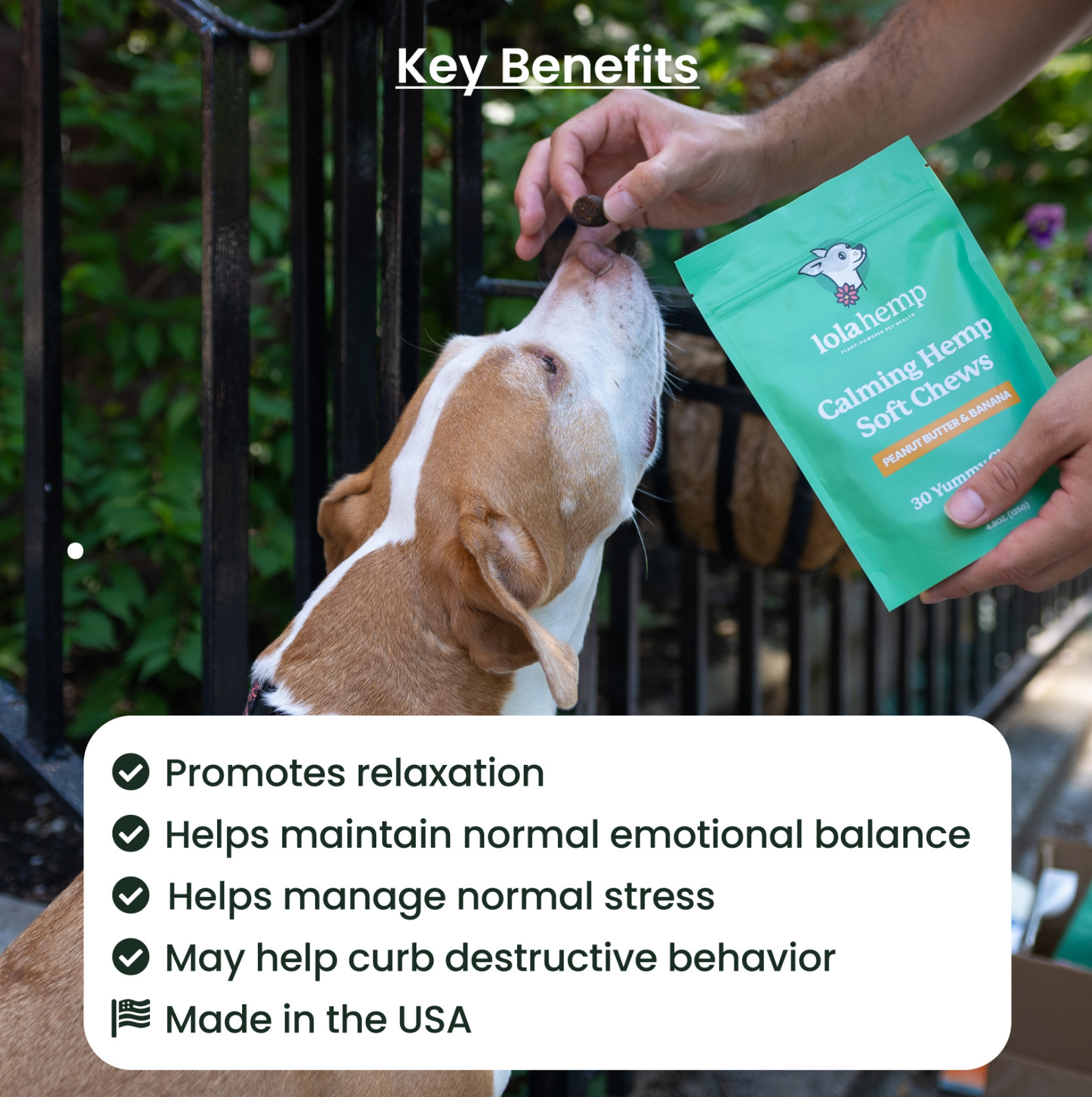

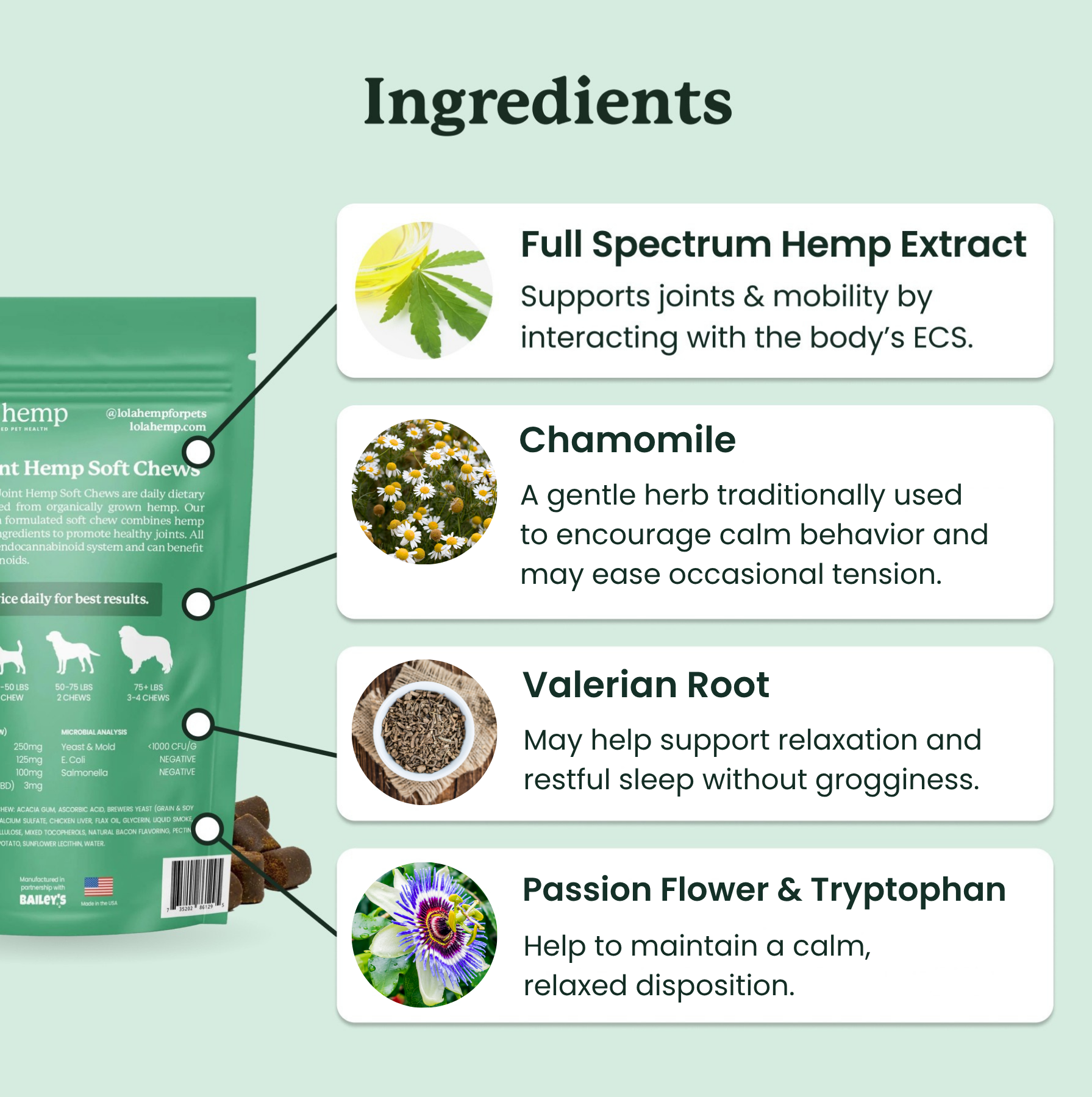
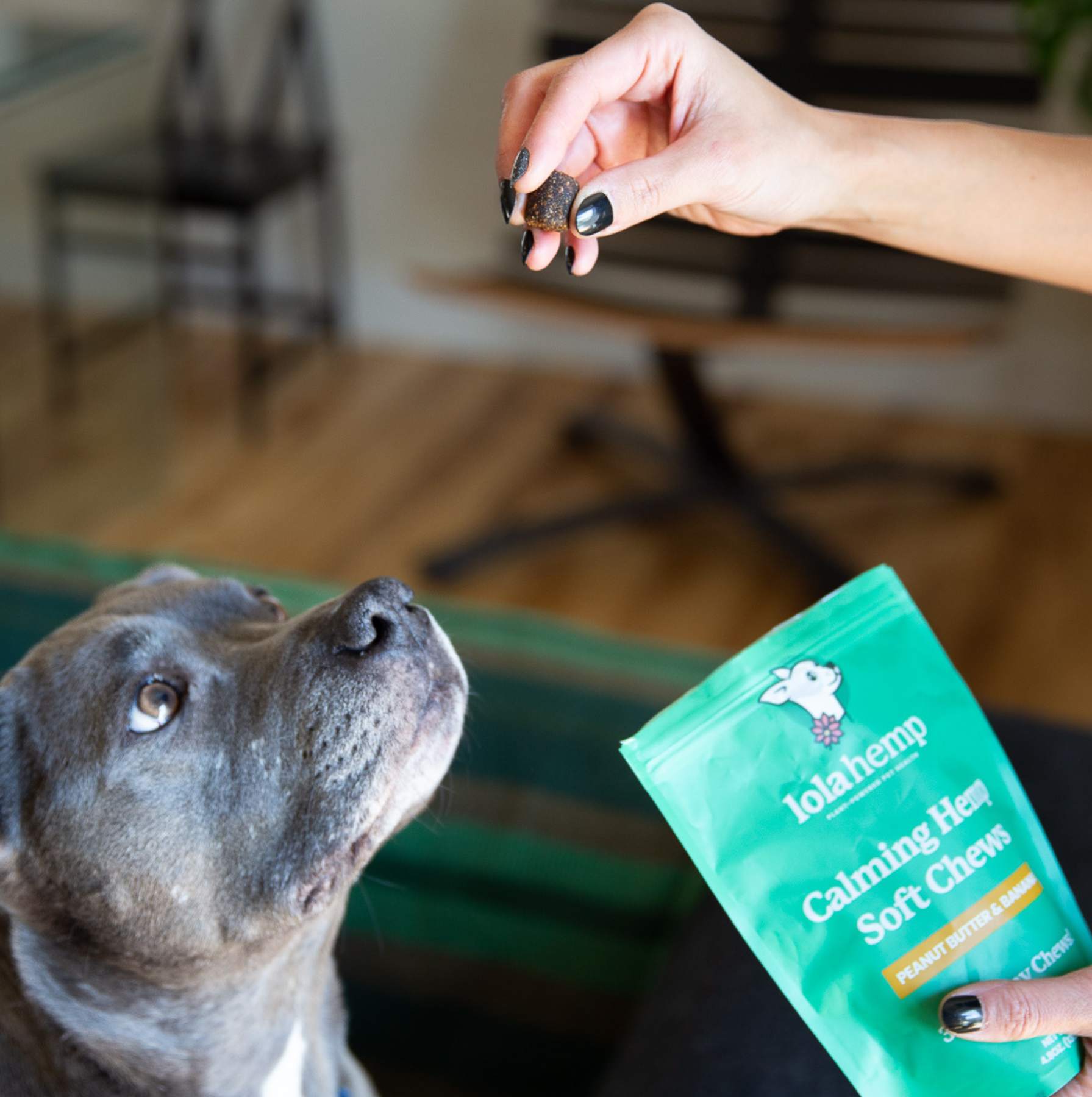
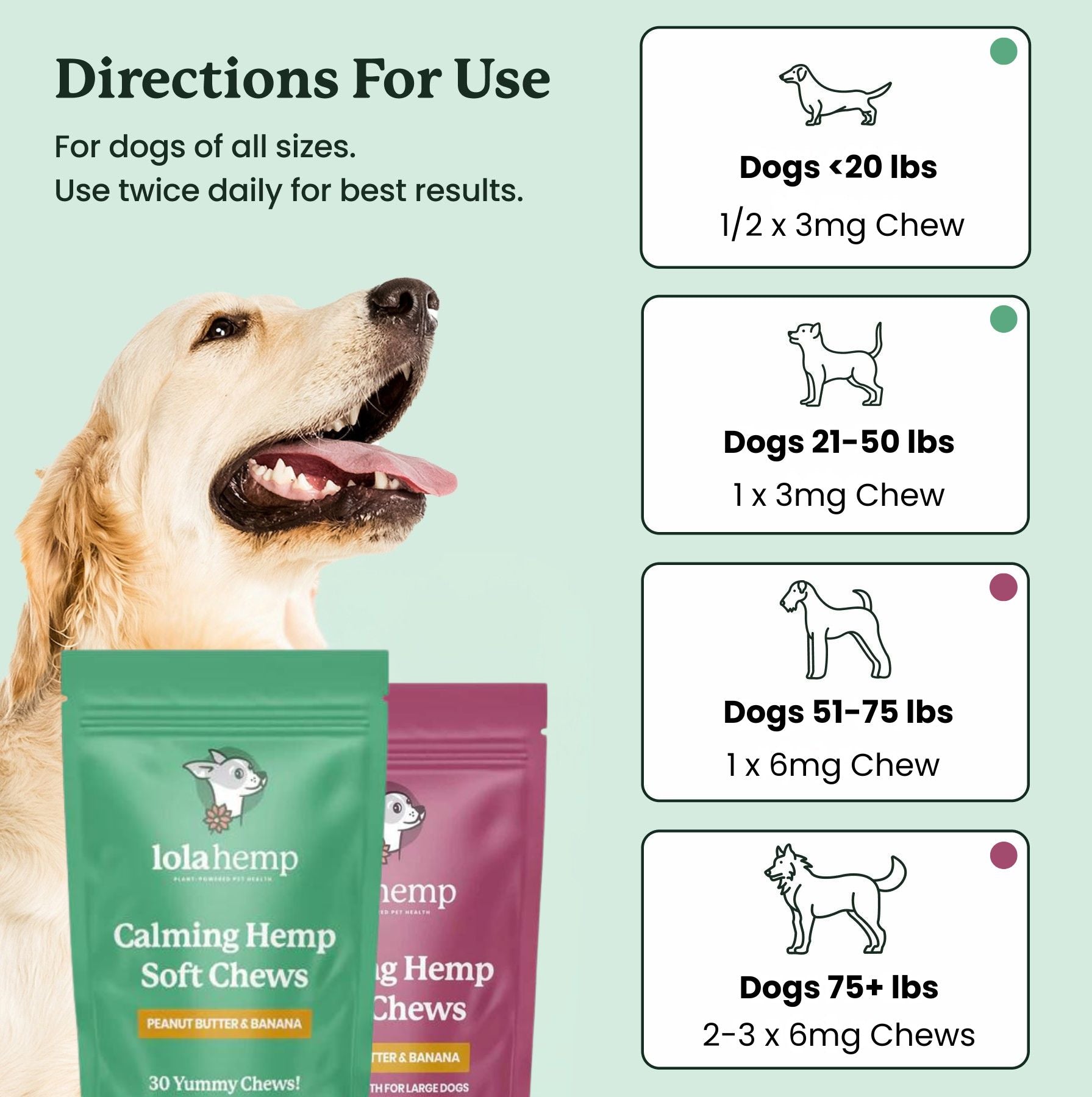

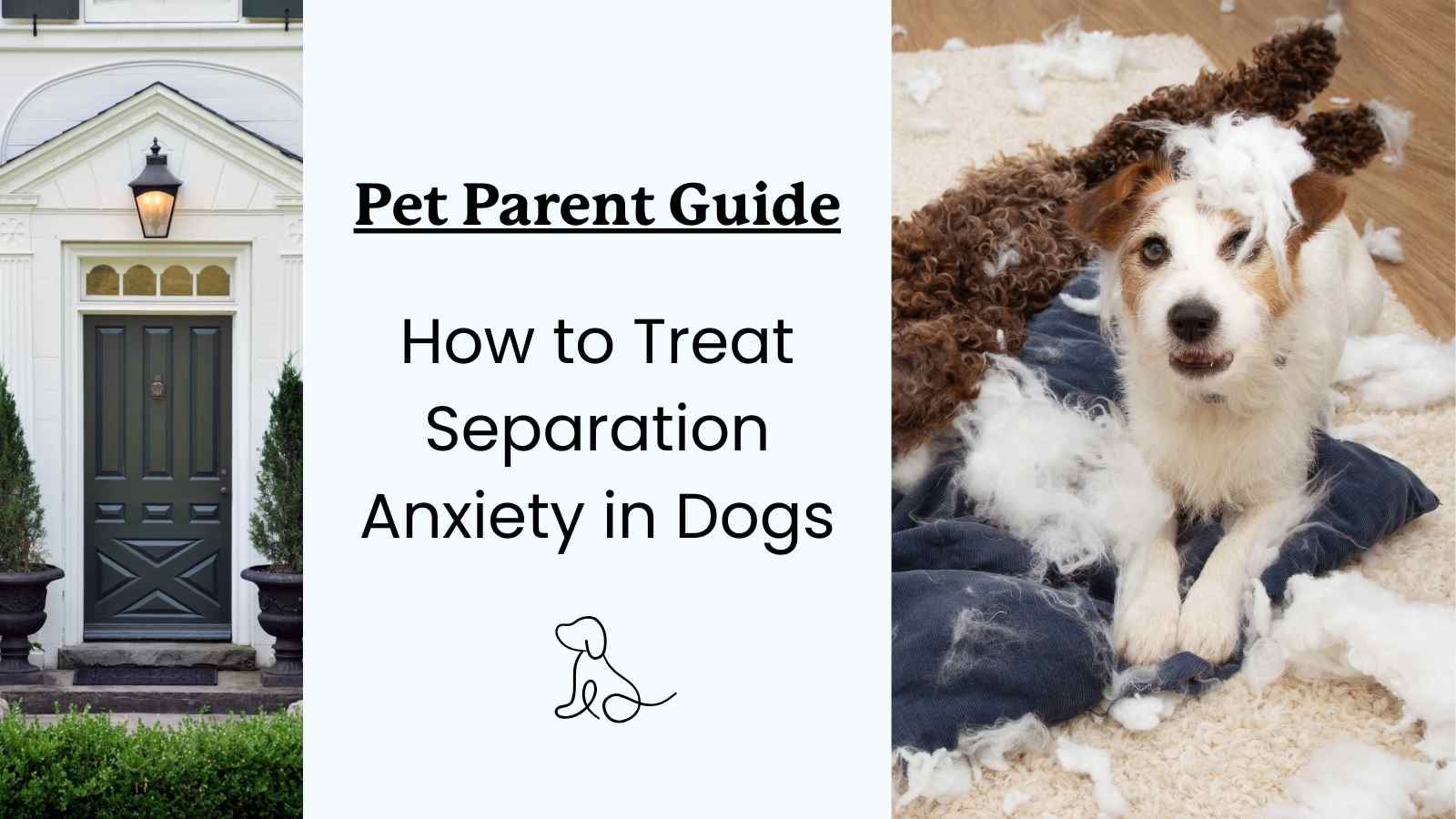

Comment
I find this very helpful im thinking of giving my agressive dog up for adoption, I will be trying this out and hope for the best